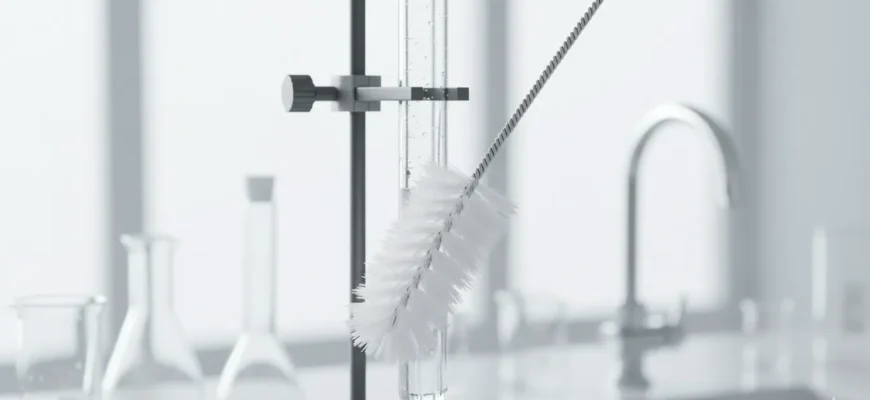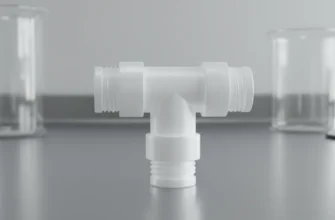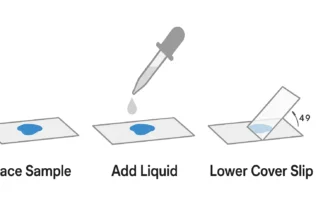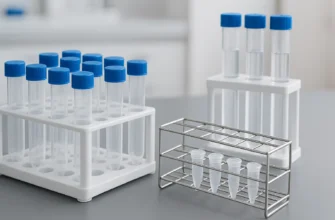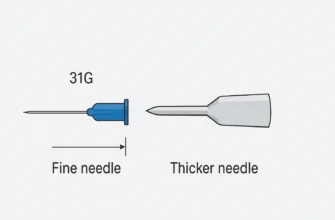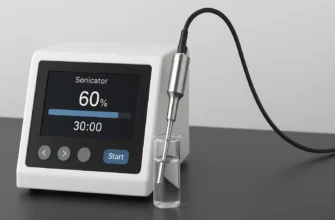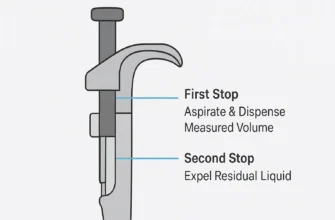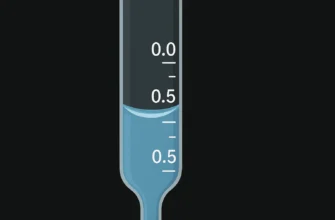Burette brushes are essential for thorough cleaning of narrow glassware like burettes to prevent residue buildup and ensure measurement precision in titrations. Proper selection based on size, material, and design, combined with gentle techniques, maximizes effectiveness and equipment longevity. Nylon bristles offer durability for general use, while natural bristles provide gentleness for delicate surfaces. Effective cleaning involves rinsing, scrubbing, and multiple deionized water rinses to remove contaminants without scratching glass. Brushes are sized for specific burette capacities, such as 25 mL or 50 mL, to fit inner diameters precisely. Regular care, including rinsing and air-drying, extends brush life and prevents cross-contamination.
Introduction
Clean laboratory glassware is vital for reliable experimental outcomes, as residues in burettes can skew titration volumes by altering surface tension or introducing contaminants. Burette brushes, with their long, flexible handles and radial bristles, enable deep cleaning of these narrow tubes, reaching areas inaccessible to standard sponges. This targeted approach supports repeatable results in analytical chemistry and volumetric analysis.
Selecting the Right Burette Brush
Choosing a burette brush involves matching it to the glassware’s dimensions and the lab’s cleaning demands for optimal performance. Factors such as bristle stiffness and handle flexibility determine how effectively residues are removed without damaging calibrated markings or the glass itself. Consulting manufacturer specifications or lab suppliers ensures compatibility with common burette types.
Factors to Consider: Size, Material, and Design
Brush size must align with the burette’s inner diameter to avoid incomplete cleaning or breakage; for instance, a mismatch can leave residues or cause scratches during insertion. Nylon bristles, often white for visibility, provide stiffness and chemical resistance for routine use, while natural bristles like horsehair offer softer action suitable for fragile or etched glassware. Twisted-wire handles, typically 30-36 inches long, allow navigation through the burette’s full length while resisting corrosion from detergents.
-
Match diameter to burette bore, typically 0.5-1.25 inches for standard sizes.
-
Select nylon for durability in high-volume labs or natural for precision instruments.
-
Prioritize flexible, non-abrasive handles to prevent glass stress.
Brushes for Different Burette Capacities
Specialized brushes are engineered for capacities like 25 mL, 50 mL, or 100 mL to ensure full contact with inner walls and minimize residue retention. Smaller brushes suit compact burettes, reducing insertion force and risk of damage. Verification via product codes, such as those specifying “25 mL nylon,” confirms fit during procurement.
| Burette Capacity | Brush Diameter | Brush Length | Total Handle Length |
|---|---|---|---|
| 25 mL | 0.5 inches | 3.25 inches | 30 inches |
| 50 mL | 0.75 inches | 3.625 inches | 36 inches |
| 100 mL | 1.25 inches | 5.25 inches | 36 inches |
Effective Cleaning Techniques
Mastering brush use involves a systematic approach to dislodge residues while protecting the burette’s precision features, such as stopcocks and graduations. The brush’s length facilitates full-length scrubbing, but excessive force can crack the glass. Following established protocols ensures contaminant-free surfaces for subsequent experiments.
Step-by-Step Cleaning Process
Begin by rinsing the burette with a compatible detergent solution, such as 2% lab soap in warm water, to loosen initial deposits. Insert the appropriately sized brush and apply gentle twisting motions along the entire tube to scrub walls without applying direct pressure that could abrade the surface. After scrubbing, perform multiple rinses with tap water followed by three rinses with deionized water to eliminate traces of cleaner or ions. Invert and air-dry the burette to prevent water spots.
-
Preliminary rinse with detergent to prepare surfaces.
-
Gentle brush insertion and rotation for thorough contact.
-
Sequential rinsing: tap water, then deionized water thrice.
-
Air-dry inverted to avoid residue formation.
Caring for and Storing Burette Brushes
Post-use rinsing under running water removes embedded particles from bristles, preventing degradation or transfer of contaminants in future cleanings. Squeezing excess moisture and hanging the brush upright promotes even drying and maintains shape. In sterile environments, adhere to facility guidelines for storage to uphold hygiene standards.
-
Rinse immediately with clean water after each session.
-
Hang to dry, avoiding compression of bristles.
-
Store in a dry, chemical-free area to preserve integrity.
Features and Varieties of Burette Brushes
Burette brushes vary in bristle density and handle construction to address diverse lab needs, from basic rinsing to heavy residue removal. Twisted-wire cores enhance flexibility for curved sections, while radial bristle arrangements ensure 360-degree coverage. Multi-purpose designs extend utility to pipettes or cylinders.
Nylon vs. Natural Bristle Brushes
Nylon bristles excel in stiffness and resistance to acids or bases, making them ideal for frequent, robust cleanings in analytical labs. Natural bristles, such as tampico fiber, are softer and less likely to scratch polished glass, suiting delicate or low-residue applications. Both types avoid abrasion when used correctly, but selection depends on chemical exposure and glassware sensitivity.
-
Nylon: Stiff, chemical-resistant for heavy-duty tasks.
-
Natural: Softer for fragile surfaces, though less durable in harsh conditions.
-
Both: Non-scratching on glass when handled gently.
Specialized Designs
Fan-tip brushes feature splayed ends for cleaning burette bases or tube bottoms, targeting flat or rounded areas effectively. Multi-purpose variants, like those for chromatography columns, share long handles but vary in bristle width. Additional options include volumetric flask brushes with curved tips or cylinder brushes for wider bores.
-
Fan-tip: For endpoints and corners in burettes or test tubes.
-
Multi-purpose: Adaptable to pipettes, tubes, or columns.
-
Specialized: Funnel or centrifuge types for targeted equipment.
Conclusion
Burette brushes enhance lab precision by enabling residue-free cleaning tailored to specific glassware needs. Integrating size-appropriate, material-suited brushes with methodical techniques safeguards equipment and experimental integrity. For procurement, evaluate suppliers offering durable options to support ongoing lab efficiency.
Frequently Asked Questions
What size burette brush is needed for a 50 mL burette?
A 50 mL burette requires a brush with 0.75-inch diameter bristles, 3.625-inch length, and 36-inch total handle for proper fit and reach.
Can burette brushes clean other glassware?
Yes, their flexible design suits narrow items like pipettes or tubes, though dedicated brushes for flasks or cylinders provide better results for non-linear shapes.
Where to buy high-quality burette brushes in the United States?
Reputable lab suppliers like Fisher Scientific or VWR offer nylon and natural bristle options with next-day shipping and detailed specifications for verification.

